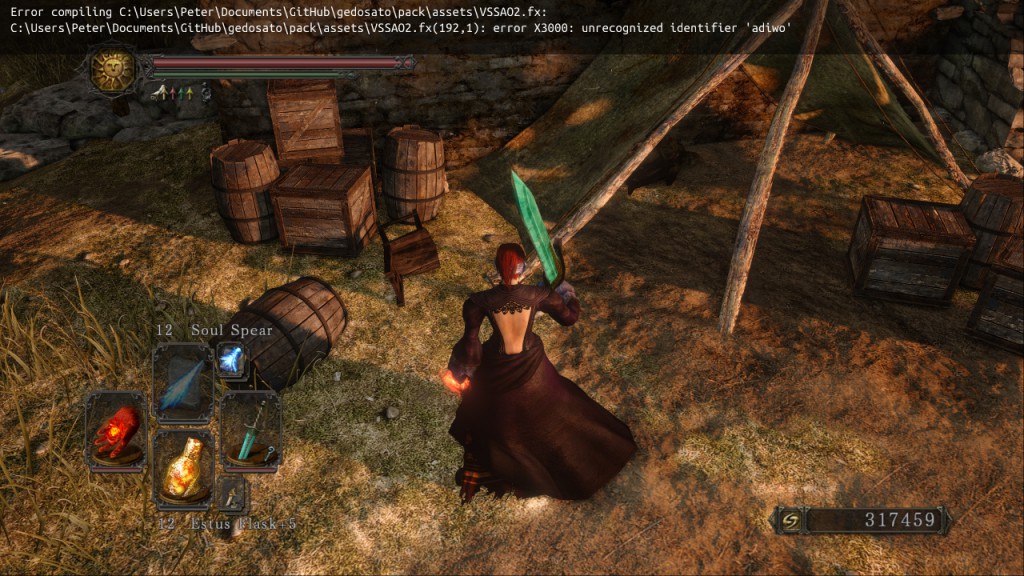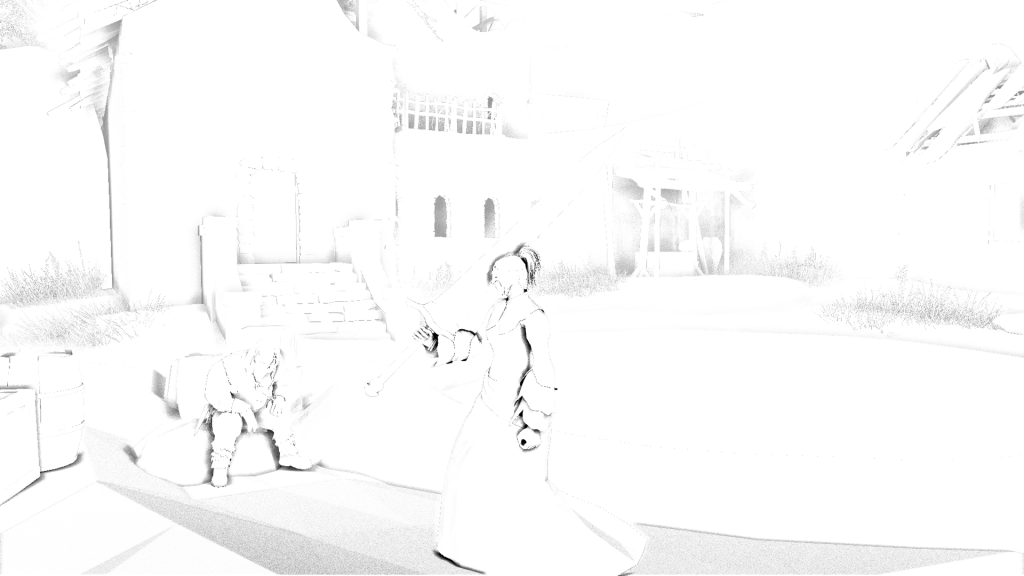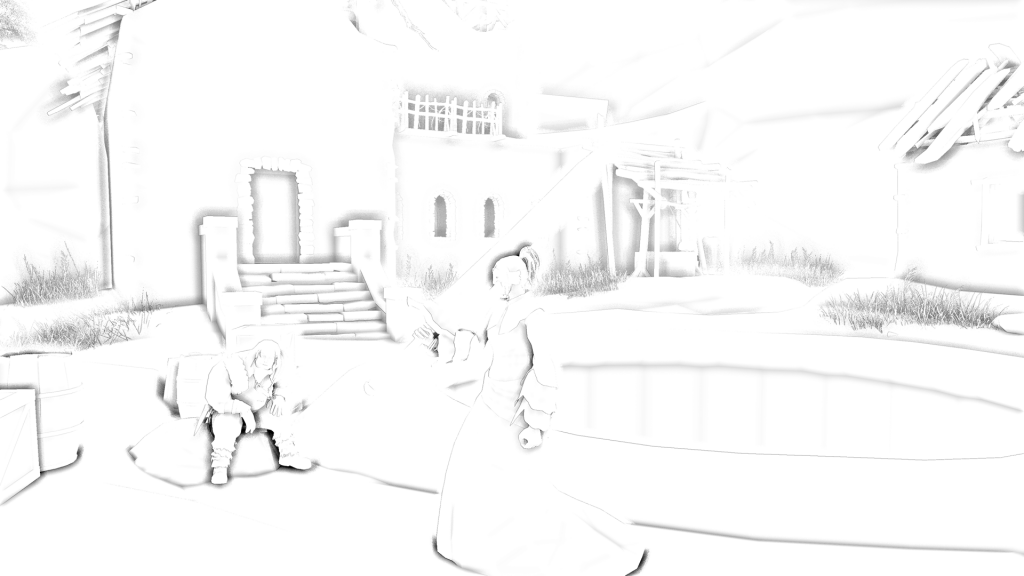An article I wrote for PC Gamer has now come online:
The features PC gamers want — an open letter to developers and gamers
I really liked the idea for this article when I was first approached about writing it. While writing, I turned it from something addressed mostly at developers into also trying to make gamers understand the cost of features and how to interpret comparative performance across games.
The final article is about 50% longer than initially planned, but I still missed at least two important features, which I will shortly discuss here. I’d add those to the “important” category.
- Audio support: Just like with display devices, people use a lot of different audio setups on their PCs, both in terms of output and in terms of processing. Decent positional audio should be supported for at least the common speaker configurations and headphones.
- Custom Server Hosting / Server Browsers: For online games, supporting match-making is nice, but it should never be the only option in a PC game. Traditionally, PC games which offer the option to host custom servers and browse servers by various criteria have a much longer active online life and foster a stronger sense of community.
One thing I did certainly not expect is to get feedback from some developers within a few hours of the article going live. I know of at least three who are forwarding it to the relevant parts of their team (some having it translated even), and others have said that it’s nice to have something “official” (even if it’s just an article) to show the decision makers when discussing PC features. This is honestly already a much better outcome than I had expected!
Development on GeDoSaTo and PtBi
As some of you might have noticed, development on these projects has slowed down considerably over the past few weeks. This is primarily due to my “real world” work load, which has increased significantly due to the unfortunate confluence of the semester starting in October here (teaching), paper deadlines (research), and project proposals in-flight (shit).
I still try to merge external contributions to both projects regularly, so please help out if you can. My own situation should normalize somewhat in November, and allow me to work on them once again. (By the way, I actually wrote most of the article discussed above roughly two weeks ago)






